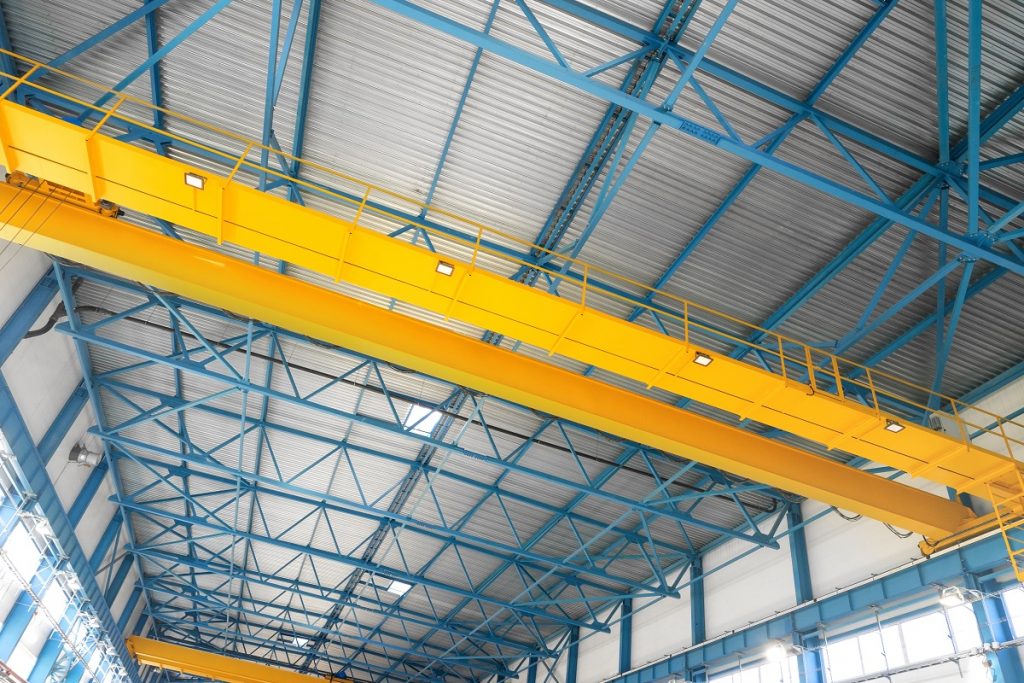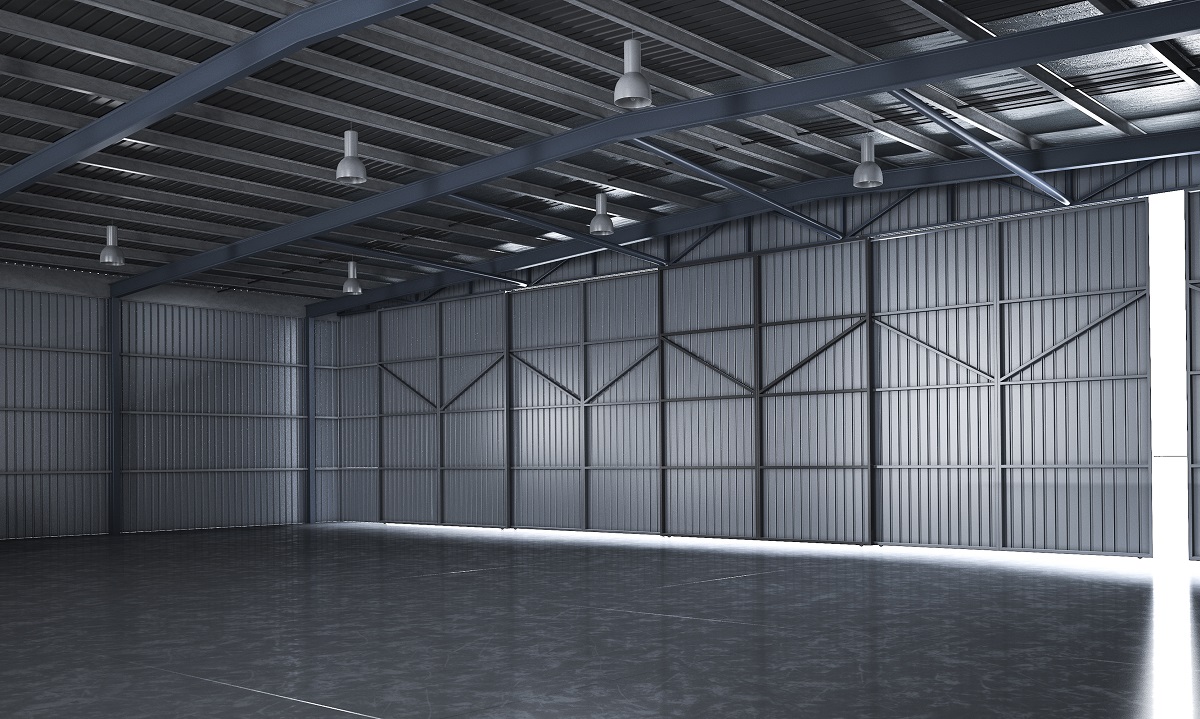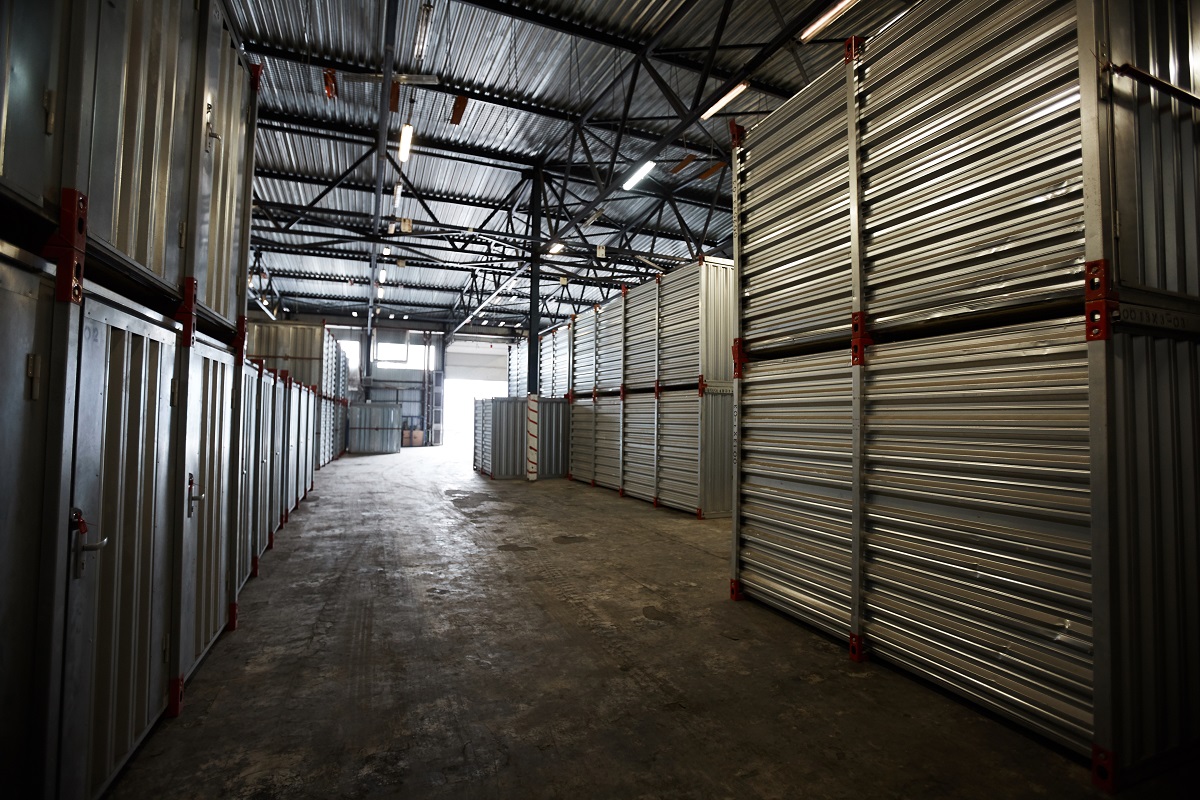Everything You Need to Know About Metal Decking

What do you need to know about metal decking?
- Basics of metal decking
- Types of metal decking
- Applications of metal decking
- Profiles used in metal decking
In construction, you’ve probably encountered the term “metal decking”, but may not know the first thing about it. As a general understanding, construction decking is a broad term that refers to any type of raised platforming. Decking structures always contain decking boards fashioned out of wood, metal or any kind of synthetic material. You’ll find these structural additions in canopies, patios, outdoor decks, platforms, or even gardens. Metal decking, however, is more specific. As such, everything to know about metal decking can be understood by looking into its basics, types, applications, and profiles. Read on to learn more.
Basics of Metal Decking

As mentioned before, metal decking can be found in different structures — either for roof decks or floor decks. As the name suggests, metal decking rarely appears on its own, as it’s always supported by other materials such as beams and joists. At first glance, any metal decking structure seems similar to sheet piles, except they do not come in singular sections. Instead, they are manufactured into sheet metals that sport a corrugated appearance — with wave-like patterns, rooves, or ridges.
Metal decking is used in different buildings in order to provide support for roof insulation or to bond with concrete to come up with a composite metal floor or wall cladding/paneling. Generally, metal decking reduces the need for other more expensive materials for cost-effective construction. They’re also perfect for all types of buildings, be it a one-story or multi-story development.
Types of Metal Decking
Over the years, the construction industry has come up with different forms of decking, depending on the appearance, purpose, and shape of corrugated metal. Decking types can be classified into steel decking, Q-decking, and pan decking. You should note, however, that most of these terms are considered obsolete. In any case, it’s more practical to inquire about “metal decking” wherever you’re going to need this structure for your home or building.
Steel Decking
As the name suggests, steel decking is a type of metal decking made out of structural steel. Steel decking offers many benefits for homeowners because of its properties — it’s cost-effective, recyclable, durable, and non-combustible. Furthermore, its good strength-to-weight ratio reduces expenses in material handling as well as building costs.
Q-Decking
Q-Decking or Q-Deck is the generic term used to describe a composite floor deck produced by the HH Robertson Company in the US during the mid-to-late 20th century. Q-Decks were produced in depths of 2 inches to 3 inches, however, they were comparable to modern profiles regarding pitch, width coverage, depth, ribs, and side laps.
Pan Decking
Like most types of metal decking, pan decking appears in the form of corrugated sheet metal. Instead of being used as a standalone decking, however, it’s designed in order to support the concrete. Concrete will be poured on its grooves which in turn, will hold the concrete in place as it cures.
Applications of Metal Decking

Aside from those already mentioned before — ceilings, roof decks, patios, floors, etc. — metal decking can also be used in mezzanines, steel canopies, enclosures, and trash enclosures.
In warehouses, barebones mezzanines serve as a budget-friendly option in increasing storage space. For added support, metal decking helps secure the plywood in mezzanine levels and adds durable protection against physical impacts and other corrosive substances.
Metal-decked canopies, on the other hand, are versatile additions to any home. They can serve many purposes, be it a carport, garden, patio addition, pergola canopy, or simple storage space. Metal canopies provide shelter and keep objects protected from the elements.
Finally, metal decking can also be used as construction materials for different types of enclosures. Unlike wood, metal decking offers better support and structural integrity. For example, galvanized metal decking sheets are ductile and non-corrosive. Building owners can transform these sheets into different designs according to their preferences.
Profiles Used in Metal Decking
Readily-available metal decking profiles come in the B-deck and N-deck. These are usually used in building construction, where their design specifications meet the structural standards. Other lesser-known types of decking profiles are the A (narrow rib) and F-deck (intermediate rib metal). They aren’t as commonplace, but they are present in older buildings.
B-Deck
B-decks are often found in built-up roof systems that span under 10 feet. It’s one of the most economical metal deck types and it’s also easy to install. Its ribs are 6 inches wide and have legs that can be interlocked to form a side lap.
N-Deck
N-deck profiles are also used for roofs or ceilings. Compared to the B-deck, N-decks have more depth, which is ideal for increasing the span without using thick materials — i.e. the span can be greater than the 10-feet limit in B-decks.
A & F-Decks
Both types of profiles are considered obscure, but they have a few differences. The A-deck, in particular, has a narrower design — the spacing between the ribs measures only 2 inches to 2.5 inches. This makes it a less durable panel, but it can be applied during repair works.
The F-deck has a rib clearance that’s just slightly wider than the A-deck. Similarly, it’s also used for repair works on existing metal decking systems found in older buildings. It’s not really advised as a replacement for the B and N-decks.
Key Takeaway
Covered in this guide is everything there is to know about metal decking — from the basics, types of decking, uses, and the profiles used. For roofing systems, metal decking is the key to improving resistance against impacts. Likewise, for other concrete structures, metal decking improves insulation and reduces the need for larger volumes of concrete, thus making it a cost-effective structure.
Think metal decking is the right choice for your building? Make sure that you have an understanding of its basics so that you can choose the right profile and size. Nevertheless, you can guarantee that your building will have an improvement in its stability and quality.


